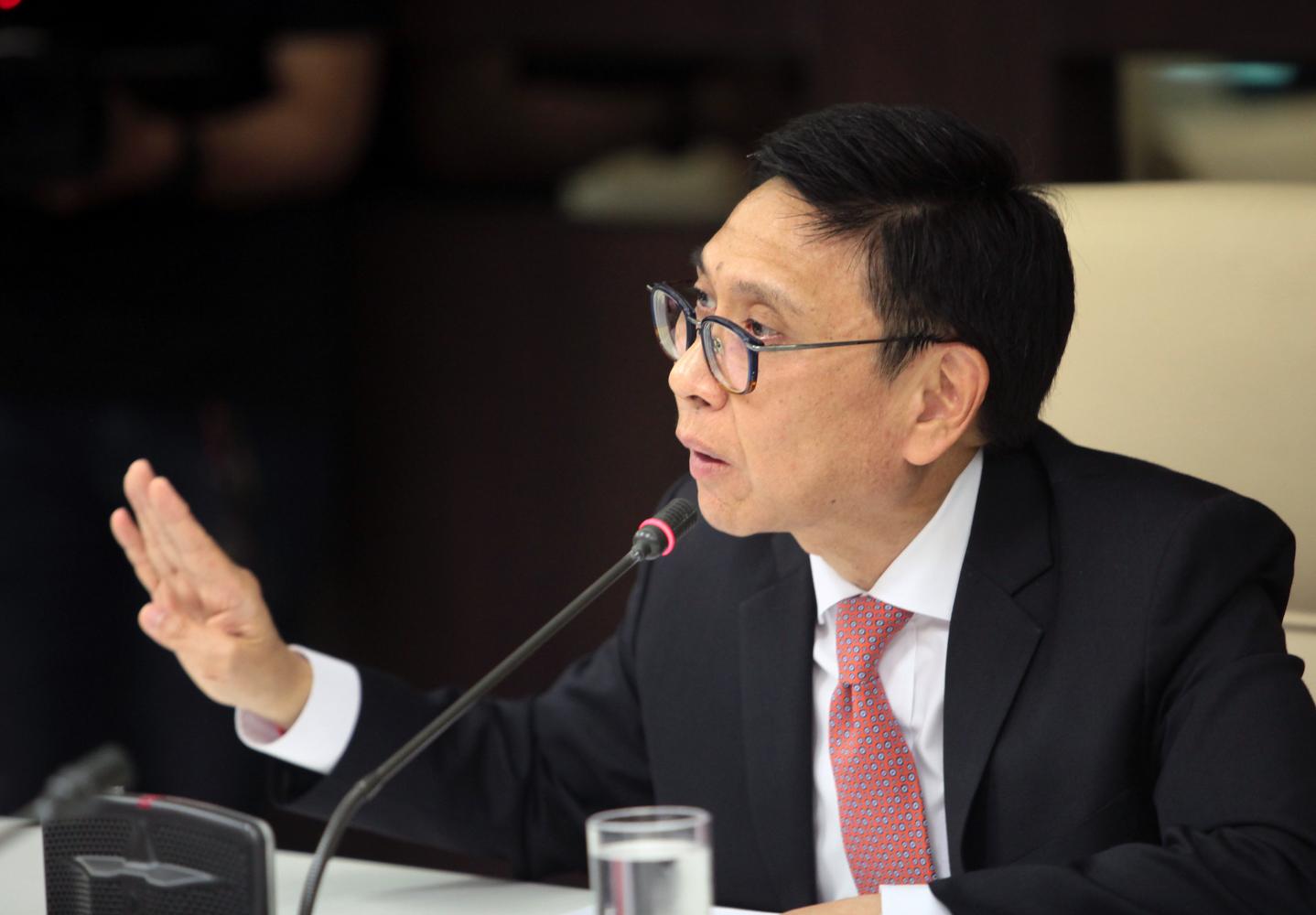
The Energy Ministry is preparing to promote Thailand as the power trade hub of Southeast Asia by improving high-voltage transmission lines across the country to open regional power trading and sales of surplus electricity.
Kulit Sombatsiri, permanent secretary for the Energy Ministry, said the ministry has five pillars to capture future disruption in the energy sector: digitisation, decarbonisation, electrification, decentralisation and deregulation.
The improvement of high-voltage transmission lines is part of digitisation, with a target to support grid connection in Southeast Asia in the near future, he said.
"The ministry set up a new working group for this plan, consisting of the Electricity Generating Authority of Thailand [Egat], the Metropolitan Electricity Authority, Provincial Electricity Authority, the Energy Regulatory Commission, the National Economic and Social Development Council and the Finance Ministry. The working group will conduct a feasibility study," said Mr Kulit.
He said power trade in Southeast Asia would be initiated from surplus generation in Thailand and Laos, enabling greater revenue for each country.
Laos aims to be the battery of Asia by taking advantage of natural resources, expecting to generate roughly 20,000-30,000 megawatts.
Power demand in Laos stands at only 1,000MW.
Thailand's power generation also has a huge surplus, with total supply of 42,000MW, but peak demand for 2019 stands at 31,000-32,000MW.
New gas-fired power plants are slotted to be added to the grid during 2023-25 -- 5,000MW in Chon Buri and Rayong (run by Gulf Energy Development), 1,400MW in Ratchaburi (run by Ratch Group) and two plants in Bangkok (run by Egat).
Mr Kulit said energy ministers from Southeast Asian nations will discuss connecting the grids next month in Bangkok.
A tentative agreement is expected to be drawn up for power trade between Laos, Thailand and Malaysia.
This plan will use Thailand's grid infrastructure.
There are also regional power trade plans between Laos and Myanmar.
Egat operates high-voltage transmission lines and sells surplus electricity to neighbouring countries, but some systems have to be upgraded.
Such transmission lines in Thailand currently have the capacity for 115-230 kilovolt (kV), but require 800-1,000kV.
"The new working group would amend the Egat Act of 1968 to ease up regulation for power generation and transmission lines," said Mr Kulit.
The existing laws limit Egat to be the sole power trader, he said.
A wheeling charge (fee for transmission line use) will be studied to support Southeast Asian power trade in coming years.
Patana Sangsriroujana, deputy governor of Egat, said the new power plants are projected to have a surplus is 35% of total supply, meaning they could generate additional revenue in the future.
"When the power plants are in standby mode, they will receive only an available payment [locked by agreement], but once they can sell electricity to neighbouring countries, they will receive energy payments [compensated fee], in addition to available payments," said Mr Patana.
This regional power trade has been adopted from the European Energy Exchange, which has raised power generation efficiency in Europe.
He said the improvement of transmission lines will further develop the grid system in order to create a smart grid in the future.